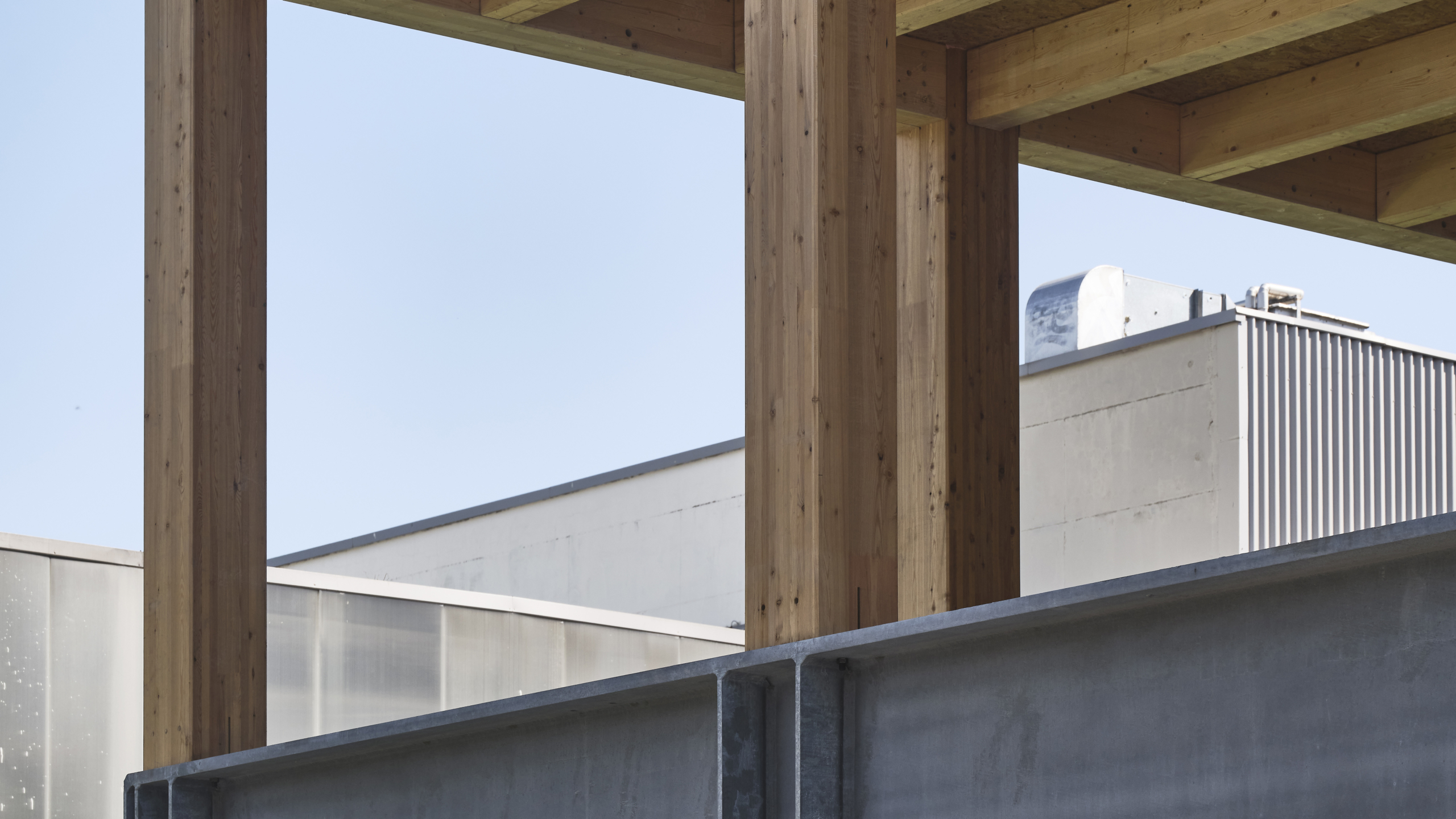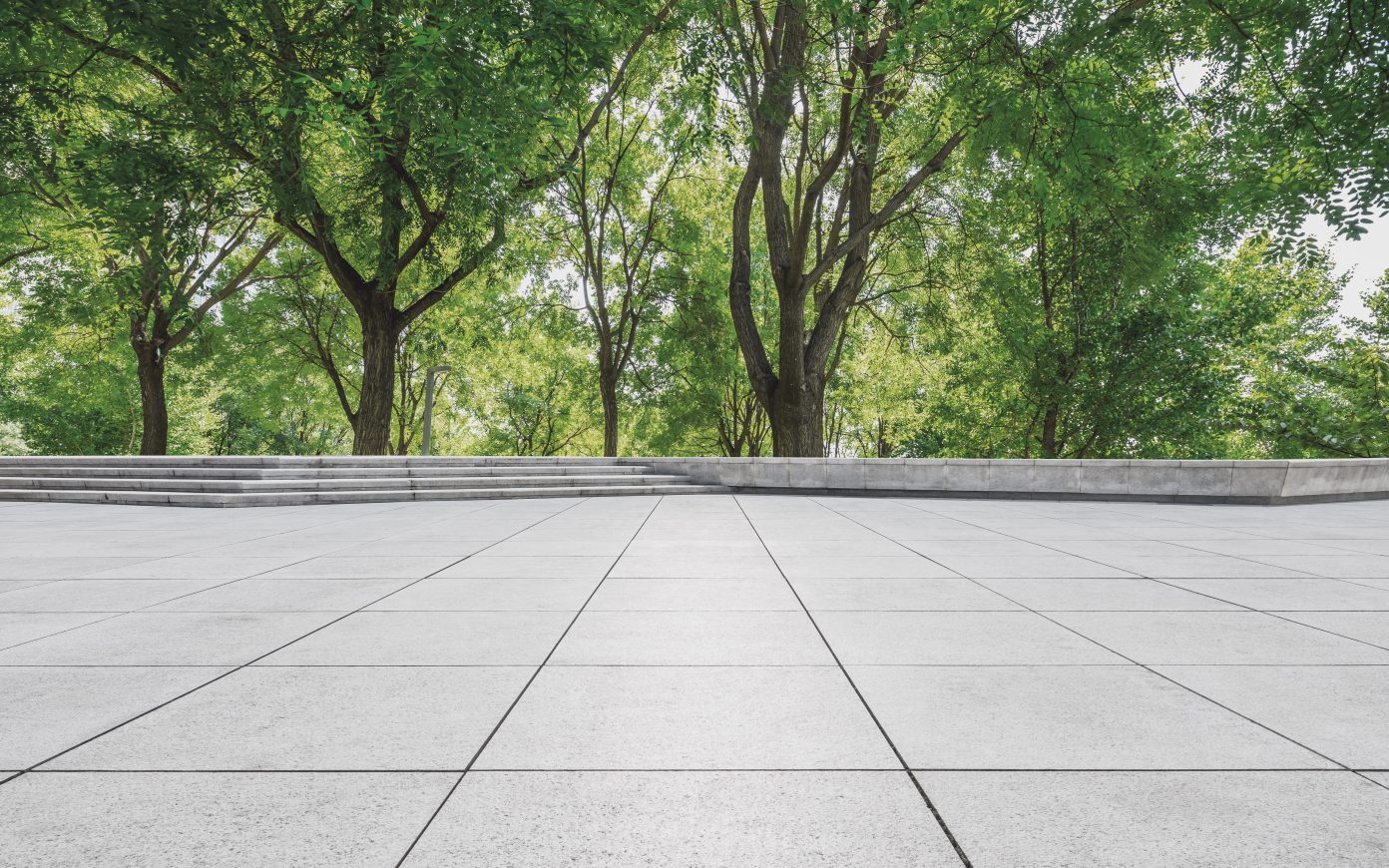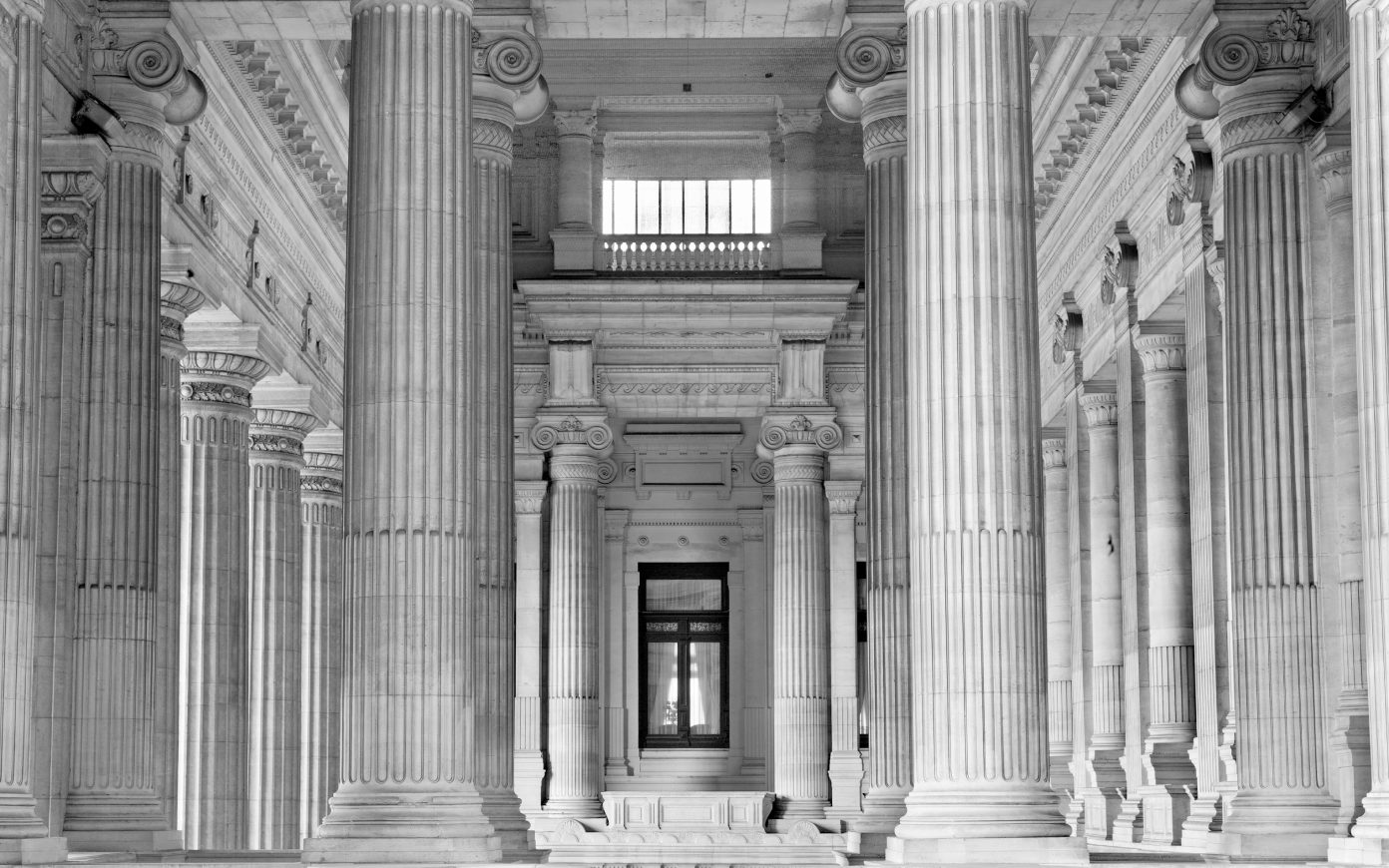Combining materials: towards more construction intelligence
In order to extend the longevity of buildings, it is crucial that they be made more flexible in order to accommodate possible shifts in use. Wood doesn’t always meet construction requirements, however. Unlike concrete, it does not isolate from capillary moisture and is therefore not particularly well adapted to basement environments. Among its other notable drawbacks are its acoustics and fire safety. For example, in a commercial building, in order to accommodate the public and various programs on the ground floor, including catering areas, a concrete base will provide more flexibility, and therefore more durability over time.
Hybrid construction systems, combining timber with concrete or steel, mitigate the shortcomings of each kind of material, while also shortening construction times. With a hybrid structure made up of 60% wood (posts, beams, floors) and 40% concrete (core, stairs), a 1,200 m2 floor can for example be built in 9 days.
The need for sustainable forest management
Beyond architectural prescription, a national discussion must take place. Though the storage of biogenic carbon is conditional on the lifespan of timber construction elements, forest management is also key.
In order to match the growth in timber construction, logging must increase in France, which carries the risk of deteriorating forest resources and forest management quality.
When a tree is cut down to manufacture a construction product, it ceases capturing carbon. We must therefore ensure that a new tree is then replanted to ensure that forests continue being reliable carbon sinks. Replacing trees isn’t enough. Continuous cover regimes are preferable over clear-cutting as the felling of all trees in a plot disturbs the soil, inducing CO₂ emissions that may be greater than the carbon absorbed by the growth of new trees during the first years of the forest’ life.(Gaëtan du Bus de Warnaffe, 2020) Clear cuts should therefore be banned and the harvesting of trees must be consistent with the aim of ensuring positive net absorbed CO₂.
Management policies will determine the extent of the role played by French forests in the fight against global warming, as well as our ability to integrate industrial production with care for ecosystems.(Ministère de l’agriculture et de l’alimentation, 2019)





